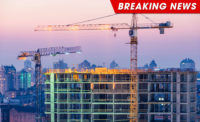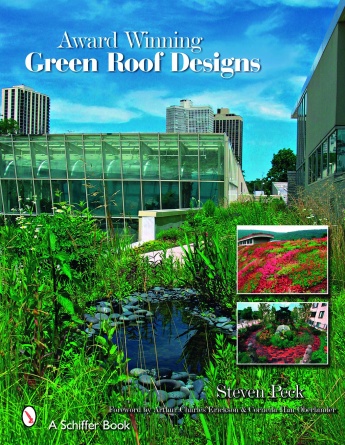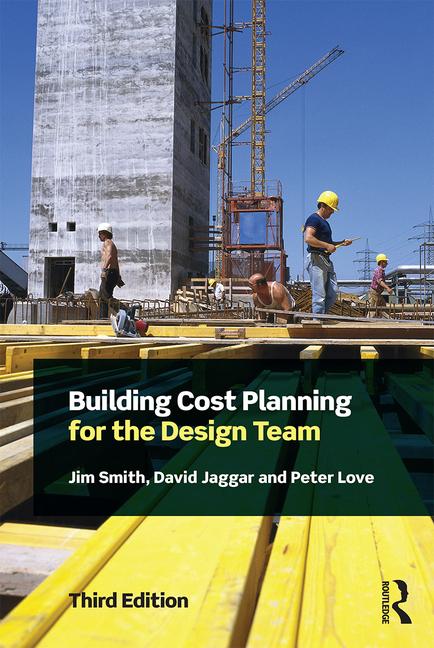USGBC Announces Annual Top 10 States for LEED Green Building
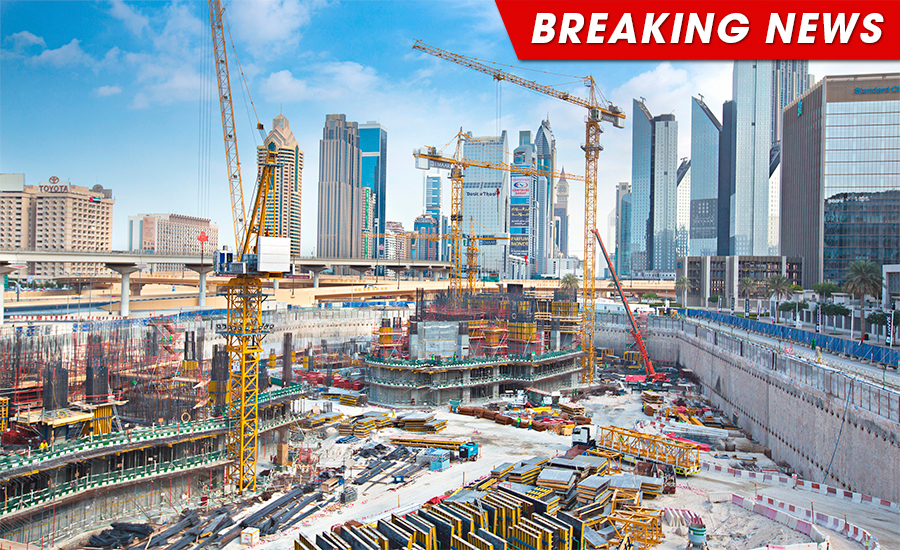
|
The U.S. Green Building Council (USGBC) released its annual list of Top 10 States for LEED (Leadership in Energy and Environmental Design), the world’s most widely used green building rating system. Illinois topped the list, which ranks states based on the number of LEED certified square feet per person. The Top 10 states for LEED are home to 128 million Americans and together include more than 468 million gross square feet of LEED-certified space. Buildings that are LEED-certified create healthier spaces for people, as well as use less energy and water, reduce carbon emissions and save money for families, businesses and taxpayers. |
|
|
|
*Included in 2017 Top 10 States for LEED list |
Looking for a reprint of this article?
From high-res PDFs to custom plaques, order your copy today!
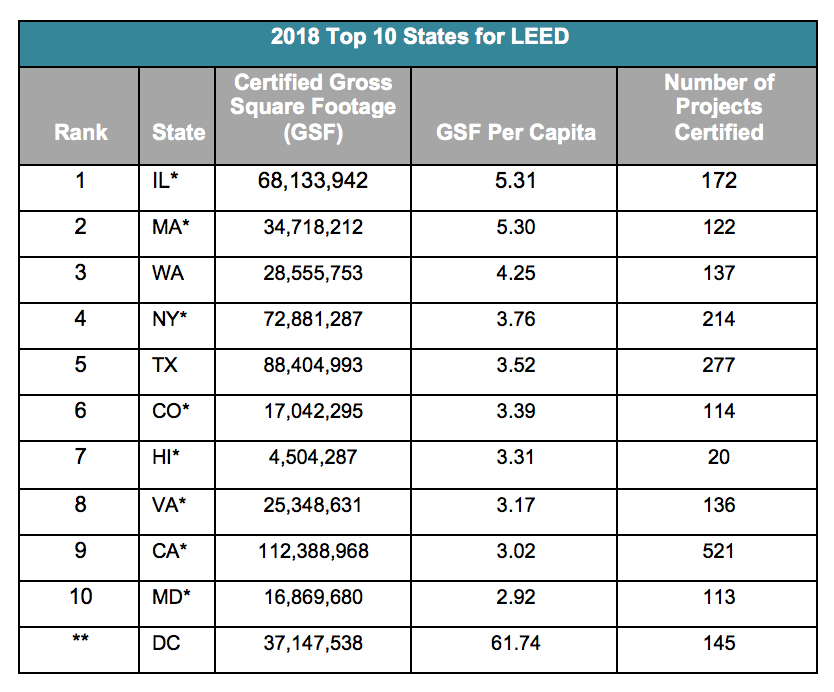



.png?height=200&t=1738247889&width=200)
